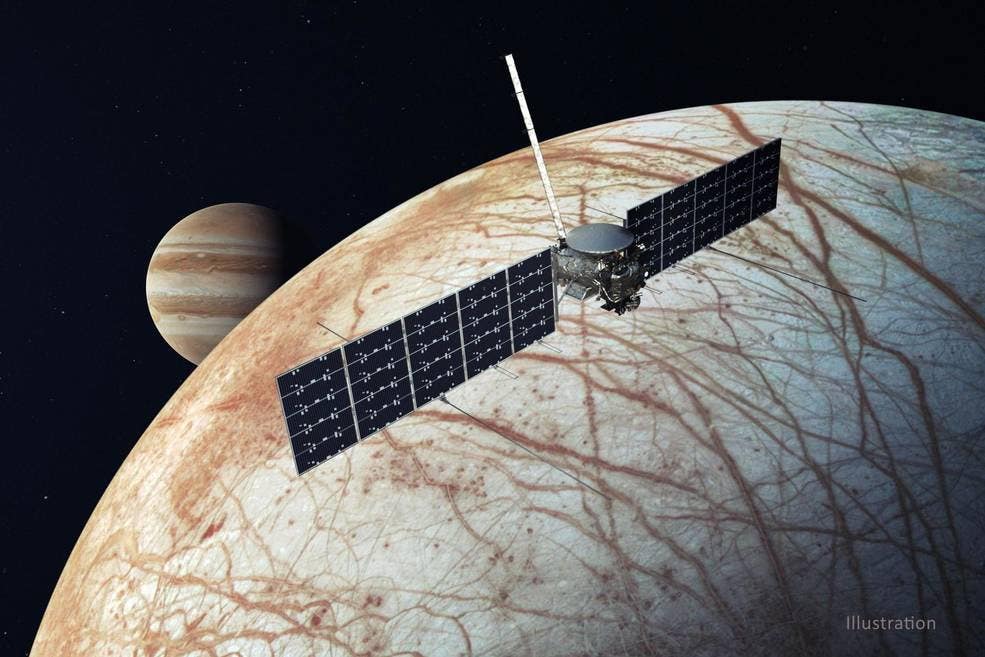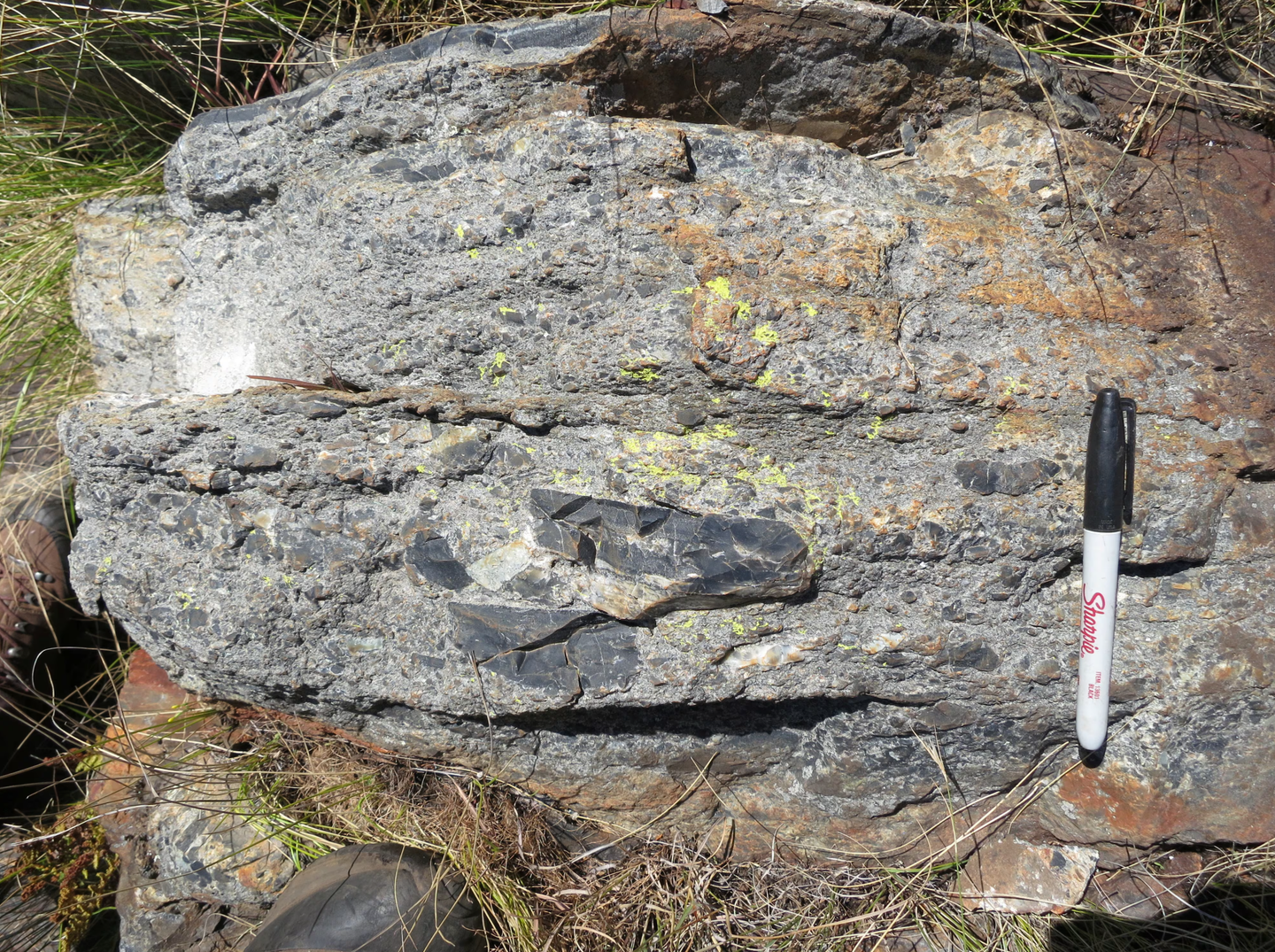SpaceX Falcon Heavy Rocket Selected to Launch NASA Probe to Europa
NASA predicts that beneath Jupiter’s icy moon Europa lies a salty ocean with more water than all of Earth’s oceans combined.

[July 25, 2021: Florina Spinu]
NASA predicts that beneath Jupiter's icy moon Europa lies a salty ocean with more water than all of Earth's oceans combined. To see whether the moon could harbor conditions suitable for life, the agency is preparing to send a spacecraft on an interplanetary mission. The ride for that mission? A SpaceX Falcon Heavy rocket.
NASA announced that its $4.25 billion Europa Clipper spacecraft will be launched from a SpaceX Falcon Heavy Rocket at Kennedy Space Center in Florida. This news represents a big win for Elon Musk's company as it will get to finally venture deeper into the solar system. The total contract value is $178 million.
If Europa Clipper launches in October 2024 as planned, it will reach Jupiter's orbit in April 2030. The probe will then investigate whether the icy moon truly has conditions suitable for life. It'll capture "high-resolution images of Europa's surface, determine its composition, look for signs of recent or ongoing geological activity, measure the thickness of the moon's icy shell, search for subsurface lakes, and determine the depth and salinity of Europa's ocean."
The mission was previously scheduled to launch on NASA's Space Launch System (SLS) rocket, a super heavy-lift expendable launch vehicle that is expected to carry future crewed lunar flights of the Artemis program and possible follow-on human missions to Mars.
However, technical concerns and performance issues plagued the SLS core stage, booster, and RS-25 engine programs, causing delays and cost overruns in the last years.
While the SLS has yet to have its first launch, the Falcon Heavy has been flown on multiple commercial and government missions since its maiden flight in 2018, when it carried Musk's Tesla Roadster into orbit.
Once launched from the SpaceX rocket, the Europa Clipper probe will orbit around Jupiter and make about 40 to 50 close passes over the icy moon, modifying its flight path for every flyby to soar over different regions until it scans nearly the whole moon.
The spacecraft will make use of a complex collection of research sensors to see if the frozen satellite has conditions suitable for alien life. The mission's goal is to capture high-resolution images of Europa's surface, determine its composition, hunt for signs of geological activity, search for subsurface lakes, and determine how deep is the ocean that lies underneath the thick frozen crust.
For more science stories check out our New Discovery section at The Brighter Side of News.
Like these kind of feel good stories? Get the Brighter Side of News' newsletter.
Tags: #New_Discovery, #Planets, #Space, #Jupiter, #The_Brighter_Side_of_News
Joseph Shavit
Head Science News Writer | Communicating Innovation & Discovery
Based in Los Angeles, Joseph Shavit is an accomplished science journalist, head science news writer and co-founder at The Brighter Side of News, where he translates cutting-edge discoveries into compelling stories for a broad audience. With a strong background spanning science, business, product management, media leadership, and entrepreneurship, Joseph brings a unique perspective to science communication. His expertise allows him to uncover the intersection of technological advancements and market potential, shedding light on how groundbreaking research evolves into transformative products and industries.



